Peter has his MRI last week. The MRI shows that Peter has 3 lesions in the liver, but the likelihood is that they are most likely related to the cirrhosis/fibrosis, as opposed to cancer. It is possible they have been there for years, as we haven't had an MRI of the liver since 2006 (I think), and it was apparently difficult to see even one on ultrasound. Peter moved during the MRI at a crucial point, so at some point he will need another imaging of the lesions, but for now the doctors are very comfortable that we can proceed with surgery and that Peter is not entering some kind of rapid decline. We think that it is unlikely that his liver disease has gotten worse, as the function does not suggest it is at all as bad as the biopsy or radiology tests indicate. Peter is probably borderline cirrhosis/fibrosis.
That all said, we discussed the risks of surgery and how it could affect the liver. Since our last visit, Dr. Kamin consulted with the liver docs and everyone is in agreement that Peter's liver has at least a 90% chance of pulling him through surgery and recovery without much insult to the liver. Great odds in Chris's and my opinions! There are of course real risks with that 10%, as Dr. Jennings reminds us, but there are also dangers to doing nothing or transplant as well.
The plan for surgery will be as follows. Both Dr. Jennings (surgeon) and Dr. Kamin (GI) will be in surgery. The surgery will connect the good portion of bowel above the fistula with the good portion of bowel below the fistula, so Peter can pass food all the way through without losing some along the way. That should in turn slow down the fistula enormously, as there won't be a direct passage to it. It will then truly be a "mucus fistula" and drain only what it produces itself. Dr. Jennings will have the whole OR day reserved for Peter in the event it is necessary, but this procedure should be fairly straightforward. It is the bleeding from portal hypertension and past surgical adhesions that are the big concerns during surgery, and I suppose post-op as well. The liver health comes into play during post-op recovery.
The Vascular Anomalies Clinic (VAC) also went well. The doctors feel the spider veins and red spots are most likely due to liver health versus a separate vascular condition. They are not 100% sure of that, and were very upfront about that, but for now we are going with the thought that they are related to the liver. The larger arm is likely a compromised blood flow to the arm, but as it causes no problem other than size there is nothing necessary to do for it. The hand getting bigger post PICC seems to point to a small clot or pinching of the vessel. If they can get clearance to use the laser in the OR, they may laser the spider veins on his face when he has the abdominal surgery.
Good news, good visit, ...... and good weather this time too!
Wednesday, February 23, 2011
Subscribe to:
Post Comments (Atom)



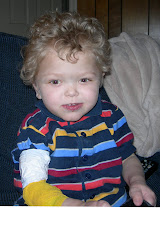

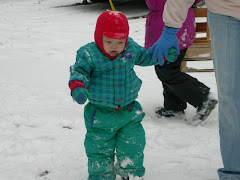

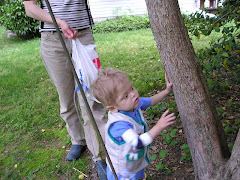
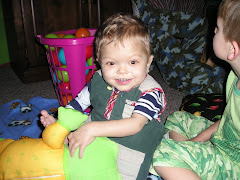
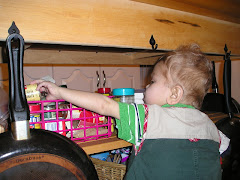
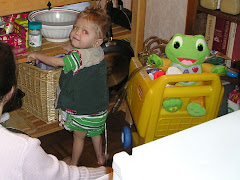
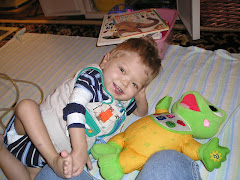
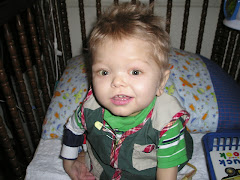
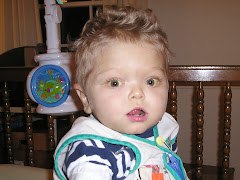
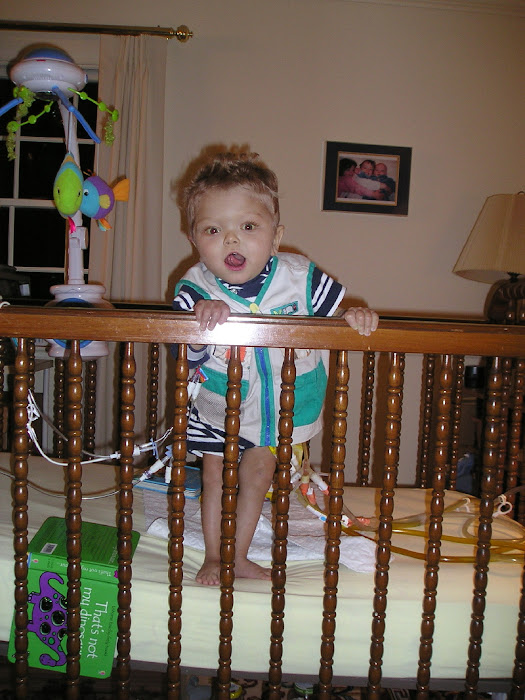
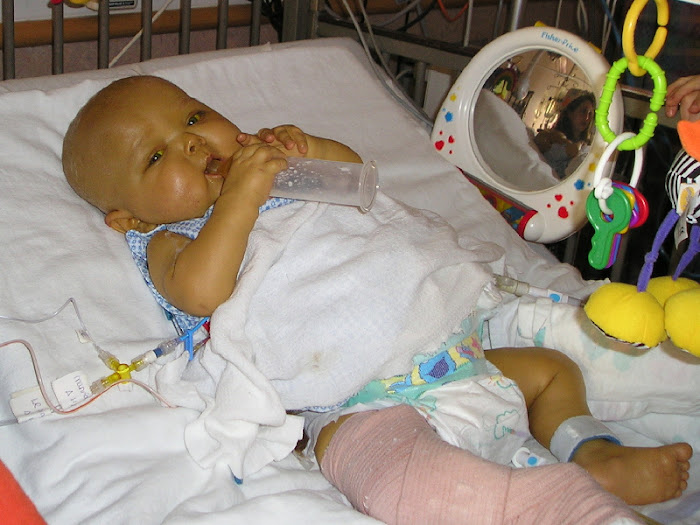
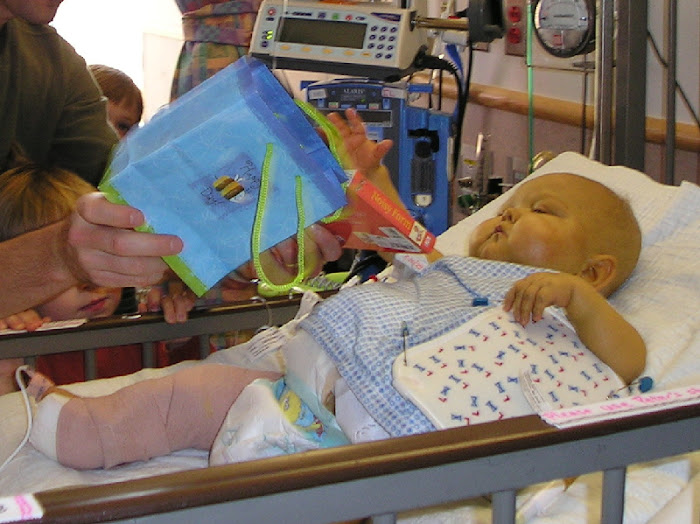
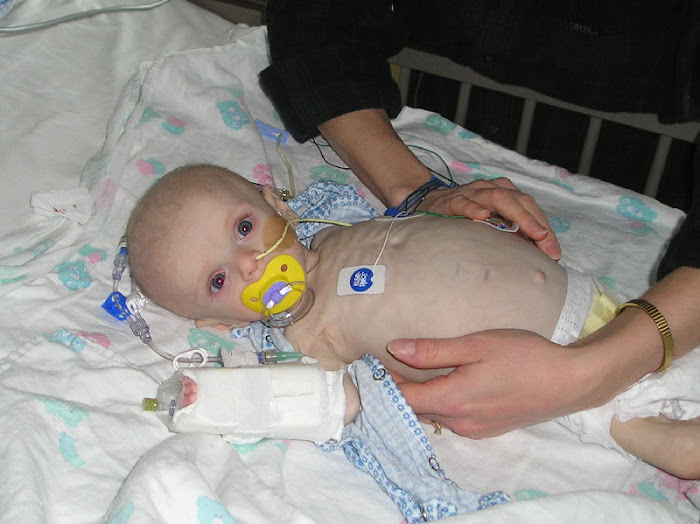
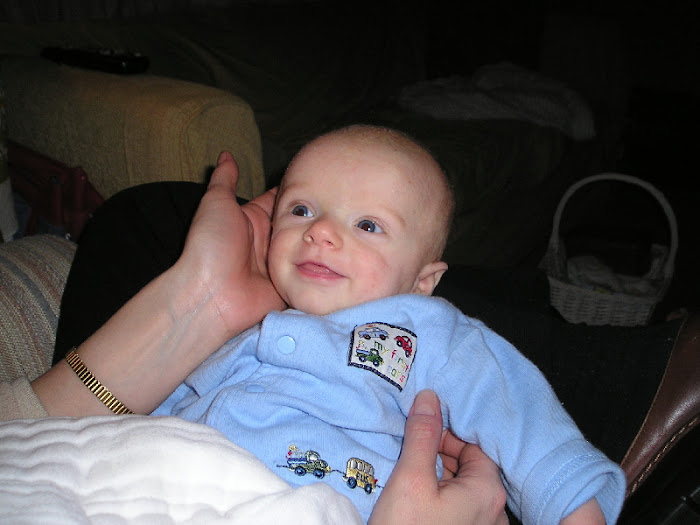
No comments:
Post a Comment